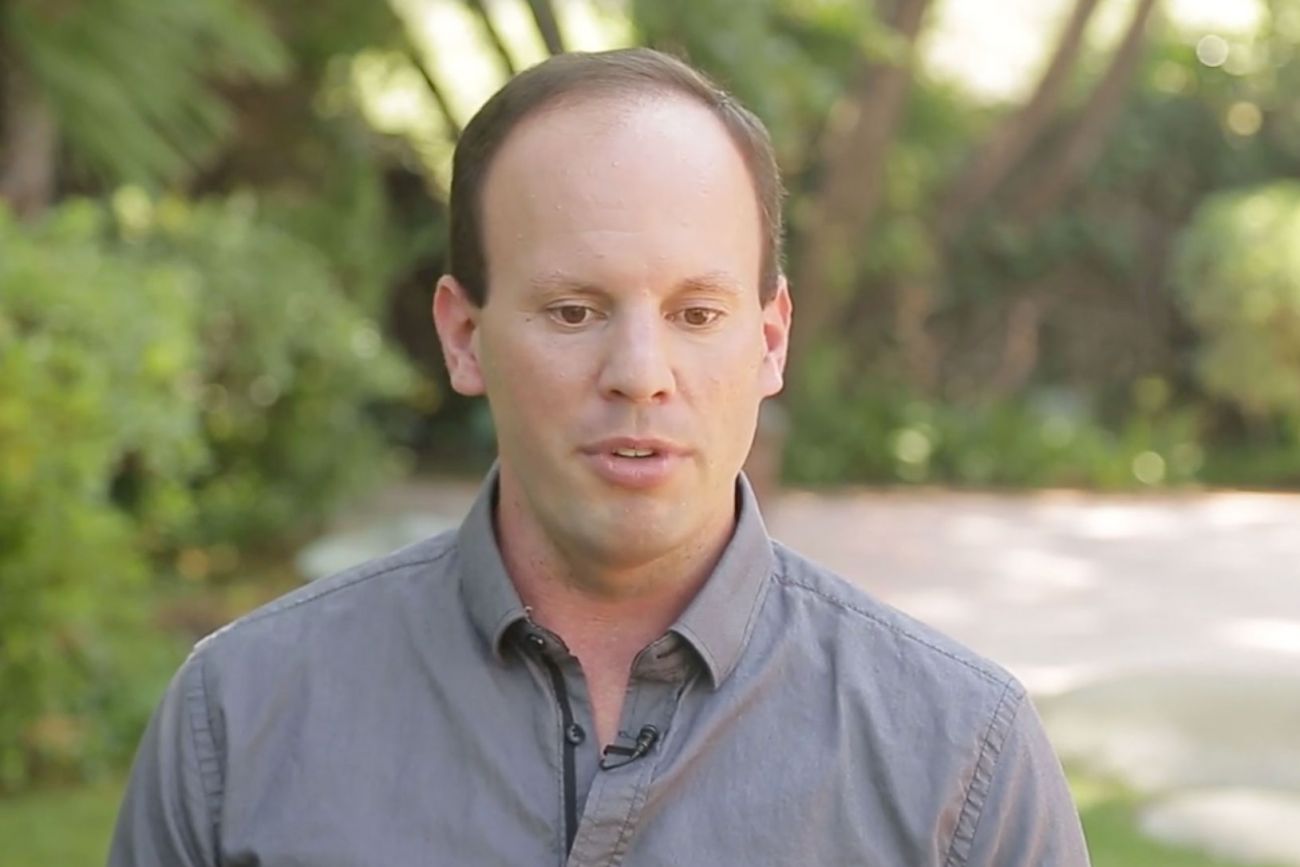When Your 401(k) Is Held Hostage

Maria was stunned. I had just let her know that although we could drastically reduce the annual fees in the 401(k) plan that she provides to her employees, her current provider was going to charge her an $80,000 ransom if she wanted to switch plans. These ransom demands, also known as “surrender charges,” are perhaps the most egregious penalty that is unfathomably legal. They exist when major insurance companies stuff variable annuities into 401(k) plans instead of the traditional approach of mutual funds or low-cost index funds.
Having a variable annuity in your 401(k) plan is as useless as a solar-powered flashlight. They are incredibly lucrative for the provider and come with a laundry list of fees that are often buried in a lengthy fee disclosure. Wrap fees, contract asset charges, mortality and expense risk charges, administrative charges and, of course, commissions … big commissions!
Maria and her employees were paying a whopping 2.88 percent annually for her plan. If that doesn’t sound like much, see the chart below on how excessive fees can erode as much as two-thirds of your future nest egg! As Vanguard founder Jack Bogle has said, “The miracle of compounding returns can be overwhelmed by the miracle of compounding costs.”
Related: 10 Pieces of Financial Advice I Wish I Knew in My 20s
The only reason insurance companies have punitive measures in place is to hold your money hostage and protect their juicy revenue stream. If you want to bite the bullet and get out from underneath one of these 401(k) plans, the surrender charges can be as much as 7 percent of the total plan balance. The only silver lining is that they do decrease and go away over time, but not before the insurance companies have made enough to satisfy their hungry shareholders.
So what exactly is Maria to do? She is required by the Department of Labor to do what’s in the “sole best interests” of her employees. Her produce company has been in business for 30 years and the $3 million that is in the company plan has been slowly accumulated through the blood, sweat and tears of modestly-paid workers who grind out a hard day’s work packing fruits and vegetables.
Maria was stuck between a rock and a hard place — exactly where the insurance company wanted her to be. Should she reduce her annual fees immediately? A reduction in her annual fees from well over 2.88 percent annually, to just 0.60 percent with our firm, would put over $2 million of additional retirement savings back in the pockets of participants over the next two decades. Or should she face a possible coup by telling these hardworking folks that $80,000 was going to be removed their retirement accounts? And what should she tell the Department of Labor if they audit her plan? After all, plan sponsors are required to benchmark their fees periodically, and here on her desk was concrete evidence that a switch to a lower-cost plan was absolutely the right thing to do.
Related: This Innocuous Sounding Phrase Is Actually a Mortal Threat to Your Retirement Planning
“I feel sick to my stomach,” wrote Maria in an email documenting her angst. “How in the world can an insurance company hold our own retirement savings hostage? How can this be legal?”
That is the magic question: How can this be legal?
Many people claim that the 401(k) system is broken. I wholeheartedly disagree. It’s the providers that are broken, because they are holding tight to antiquated models that put profits ahead of people. Variable annuities and their surrender charges need to be eliminated from existence — and not just in 401(k) plans, but in 403(b) plans as well. Our nation’s teachers and non-profit workers have been victimized with group variable annuities far more than any other segment.
Yet it’s not just plans with variable annuities that are laden with hefty and often hidden fees. Traditional providers may not have surrender charges, but they are extremely savvy in hiding layers of fees that don’t show up in the costs of the investments themselves.
Like all aspects of free enterprise, business owners need to uncover the fees in their plans and be willing and able to vote with their feet if they find better, more competitive options. The $6 trillion 401(k) system is going to be disrupted by more transparent plan providers who cut out brokers and commissions, and give everyone equal access to the lowest-cost investments. And it can’t come soon enough.
Related: 3 Retirement Pitfalls and How to Address Them
What business owners can do to minimize fees.
Business owners are required by law to benchmark their 401(k) fees and make a switch if they find significant improvement is available. We offer this free service at www.ShowMeTheFees.com and it only takes a few minutes.
A quick word of warning: Many business owners will go back to the broker who sold them their current plan to ask for alternatives. Don’t be surprised if the options look very similar to your existing plan (high commissions, higher fees etc.). Said another way, if you walk into a Ford dealership and ask what is the best possible brand of car to buy, don’t be surprised if you end up with a Ford.
Published at Wed, 18 Oct 2017 17:00:00 +0000




